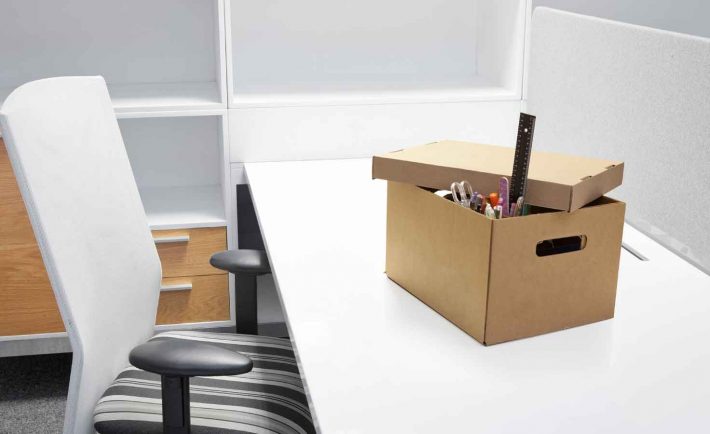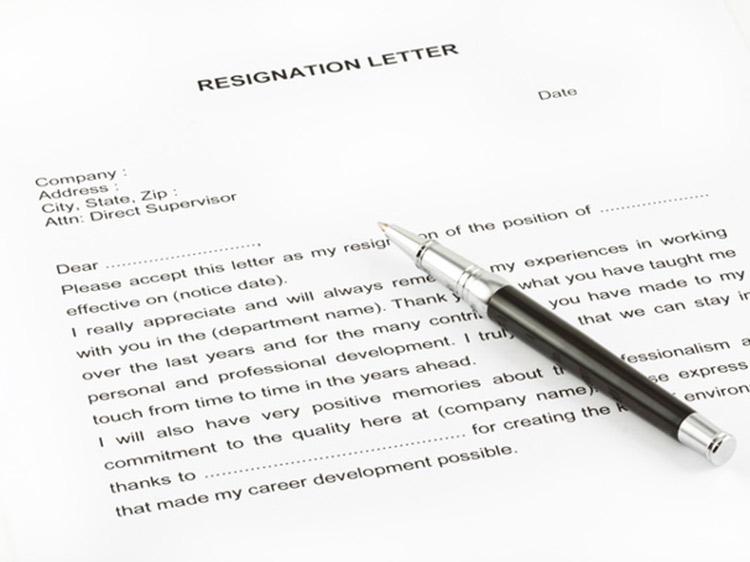You’ve probably heard the saying, “Keep your poker face on.” But what does that mean, exactly? And more importantly, why should you do it?
Well, as it turns out, there are a few good reasons why you should keep your emotions hidden at work. For one, if you’re always getting upset or angry about little things, your coworkers will start to see you as a liability. And two, it’s just good etiquette. No one wants to see their boss break down in tears every other day, right?
Here’s how keeping your emotions in check can help you succeed at work.
You don’t want to show weakness
Imagine this scenario: You’re in a meeting with your boss, and you’re presenting your idea. You’ve worked hard on it, and you’re proud of it. But as you start to speak, you can feel the nerves creeping in. You start to fidget, you’ve lost your train of thought, and before you know it, your eyes start getting teary. What just happened?
The truth is, when it comes to workplace mannerisms, keeping a straight face can go a long way. This means stowing your emotions under control and not giving away anything that could be seen as a sign of weakness. It’s not always easy to do—in fact, it’s downright hard at times. But if you can master the art of keeping a straight face, it will help you thrive better in the workplace.
You don’t want to give away too much

Image Credits: unsplash.com
You don’t want to give away too much when you’re at work. In fact, it’s better to keep your feelings concealed. Why? Because if your boss or co-workers see that you’re bitter all the time, they might think that you can’t handle the pressure or that you’re not cut out for the job. And no one wants to be seen as vulnerable or incompetent.
But that’s not the only reason to keep a poker face at work. You also don’t want to give away your strategy. If your opponents can read your emotions, they will be one step ahead of you in the game.
So how can you keep your sentiments in check? By practicing mindfulness. When you’re aware of what’s going on inside of you, it’s a lot harder for your impulsiveness to rule. So take a deep breath, stay calm, and keep that straight face up!
You never know who you’re going to meet
So you’re at work, and you’re having a bad day. You’re feeling angsty, so you let your emotions show on your face. Then you run into one of the key stakeholders in the hallway of your company.
Do you think that’s going to make a good first impression? Probably not. On the contrary, it’s more likely to have the opposite effect. You never know who you’re going to meet, so it’s always wise to put your best foot forward. Keeping a poker face at work can be viewed as a symbol of professionalism and self-control. You may not be able to manipulate the way you feel, but you can handle the way you act. And that’s what counts in the office.
All in all, a poker face is essentially a face that shows no emotions. This can be helpful at work because it means that you’re not giving away any hints about how you feel. This can be advantageous in negotiations, when you’re trying to close a deal, or when you’re trying to get a promotion. Think about it – if your boss knows that you’re resentful about being passed up for a promotion, or if your manager knows that you’re uncomfortable with the new project they’ve given you, they may use that against you. But if you keep a poker face, most won’t know what’s going on in your head and will be less likely to have an edge on you.
















